In a world drowning in plastic waste, innovative solutions are emerging to address this environmental crisis. Eco-bricks represent one such grassroots response that transforms problematic non-recyclable plastics into useful building materials. These densely packed plastic bottles serve as alternative bricks for various construction projects, from furniture to entire structures. This practice not only diverts waste from landfills, oceans, and incinerators but also raises awareness about our plastic consumption habits.
By creating eco-bricks, individuals can take immediate action against plastic pollution while participating in a global movement toward more sustainable waste management. Let’s explore how you can join this movement by creating your own eco-bricks from materials that would otherwise contribute to our planet’s plastic crisis.
Understanding the Eco-Brick Concept
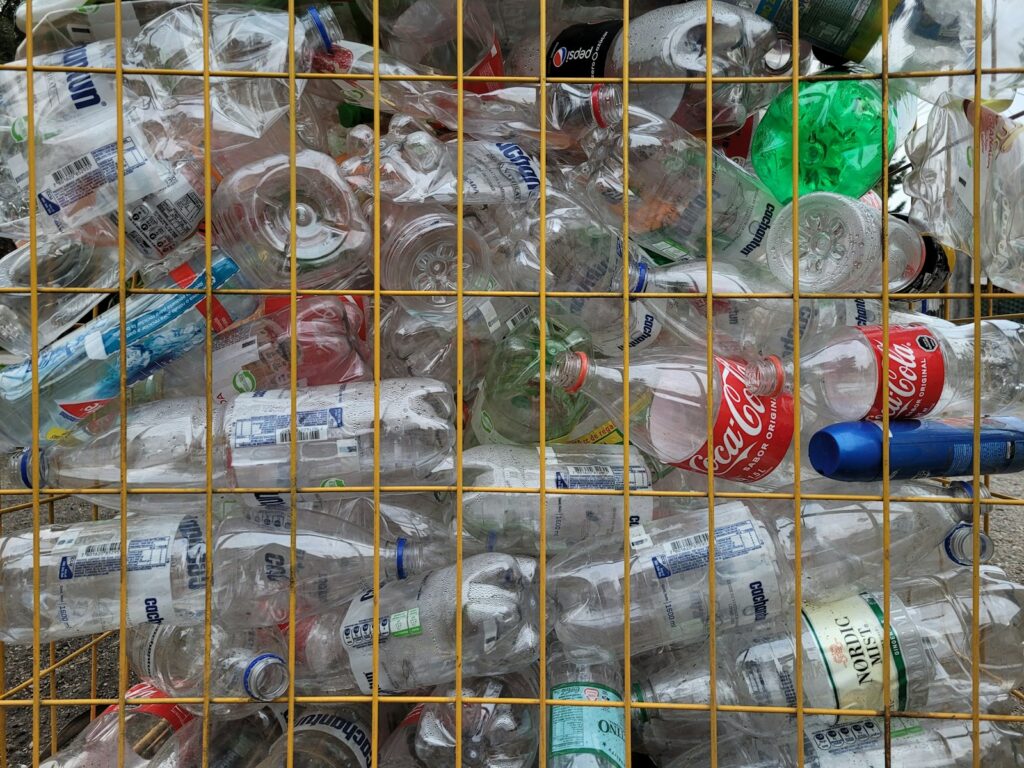
Eco-bricks are plastic bottles packed tightly with clean, dry non-recyclable plastics until they achieve a specific density, transforming waste into building blocks. Originating in Guatemala around 2003, this technique has spread globally as communities seek solutions for plastic waste that recycling systems cannot process. The fundamental principle behind eco-bricks is simple yet powerful: sequester plastic in a way that prevents it from degrading into microplastics while repurposing it for construction.
Unlike traditional recycling which requires industrial processes, eco-bricking can be done by anyone with access to plastic waste and bottles, democratizing waste management at the grassroots level. When properly constructed, these bricks can last for decades, effectively removing problematic plastics from the environment for generations.
Gathering the Necessary Materials

To begin your eco-brick journey, you’ll need to collect plastic bottles of uniform size to ensure structural integrity in future building projects, with 500ml or 1.5L PET bottles being the most commonly used. The collection process for non-recyclable plastics should focus on clean, dry materials like candy wrappers, plastic bags, styrofoam, metallized film packaging, and other soft plastics that conventional recycling facilities typically reject. Essential tools include a wooden or bamboo stick (approximately 1-2cm in diameter) for compacting the plastics into the bottle, and scissors for cutting larger plastic pieces into manageable sizes.
Maintaining cleanliness is crucial, so establish a designated collection station in your home where you can clean and dry plastics before stuffing them into bottles. Remember that contaminated plastics can lead to gas build-up and compromise the structural integrity of your eco-bricks, so avoid including food residues, paper, metal, glass, or biodegradable materials.
Preparing Your Plastics for Stuffing
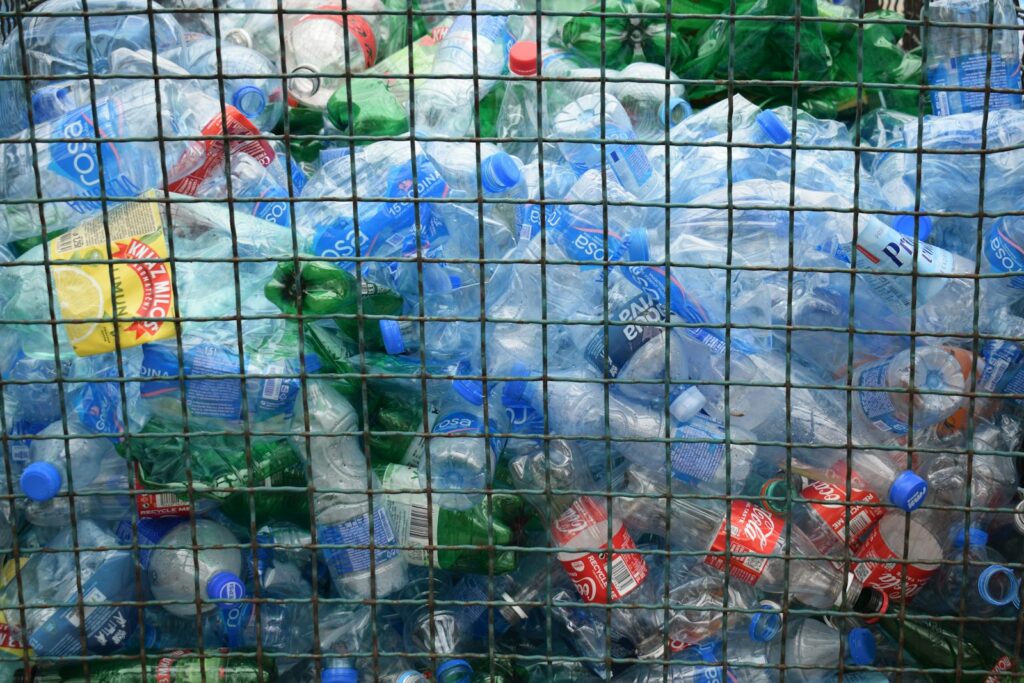
Before creating your eco-brick, thorough preparation of the plastic waste is essential to ensure quality and durability. Begin by washing all plastic materials to remove food residue, dirt, or other contaminants that could lead to decomposition and gas buildup inside the bottle. After washing, allow all plastics to dry completely for at least 24 hours, as moisture trapped inside the eco-brick can lead to mold and methane production, which compromises structural integrity. Once dry, cut larger plastic items into smaller pieces—approximately 1-2 inches square—to make them easier to pack densely inside the bottle.
Sort your plastics by type and size to develop an efficient packing strategy; for example, starting with softer, more malleable plastics as your base layer before adding more rigid pieces. This preparation process might seem time-consuming, but it’s the foundation for creating durable, safe eco-bricks that can be used in construction projects for years to come.
Selecting the Right Bottle

The foundation of a quality eco-brick begins with selecting an appropriate bottle, with cylindrical PET (polyethylene terephthalate) bottles being the ideal choice due to their strength and consistent shape. Size uniformity is crucial for construction projects, so commit to a standard bottle size—typically 500ml, 600ml, or 1.5L depending on your intended application and the availability of plastic waste. Inspect each bottle carefully, rejecting any with cracks, significant dents, or compromised structural integrity that might weaken your finished eco-brick.
Clear bottles are generally preferred as they allow for visual inspection of the contents, making it easier to identify unwanted moisture or improper packing during the creation process. Before starting, remove all labels, thoroughly wash the bottles, and ensure they are completely dry to prevent any internal moisture that could lead to mold or decomposition issues down the line.
The Step-by-Step Stuffing Technique

Begin the stuffing process by first inserting small pieces of plastic into the bottle, using colors strategically if you plan to create decorative patterns visible through the clear bottle. Push each piece to the bottom using your tamping stick, applying firm pressure to eliminate air pockets while being careful not to damage the bottle. Add plastics in small amounts rather than large handfuls, compressing after each addition to achieve maximum density throughout the entire bottle. Continue this methodical process of adding and compressing until reaching the bottle’s neck, where extra attention to compaction is needed to ensure proper density in this narrower section.
The stuffing technique requires patience—a properly packed eco-brick typically takes 2-4 weeks of collecting and stuffing plastics from an average household, depending on your plastic consumption habits. The goal is to achieve such density that the bottle cannot be squeezed by hand, creating a solid brick-like material that will maintain its structural integrity when used in construction.
Achieving Proper Density in Your Eco-Brick
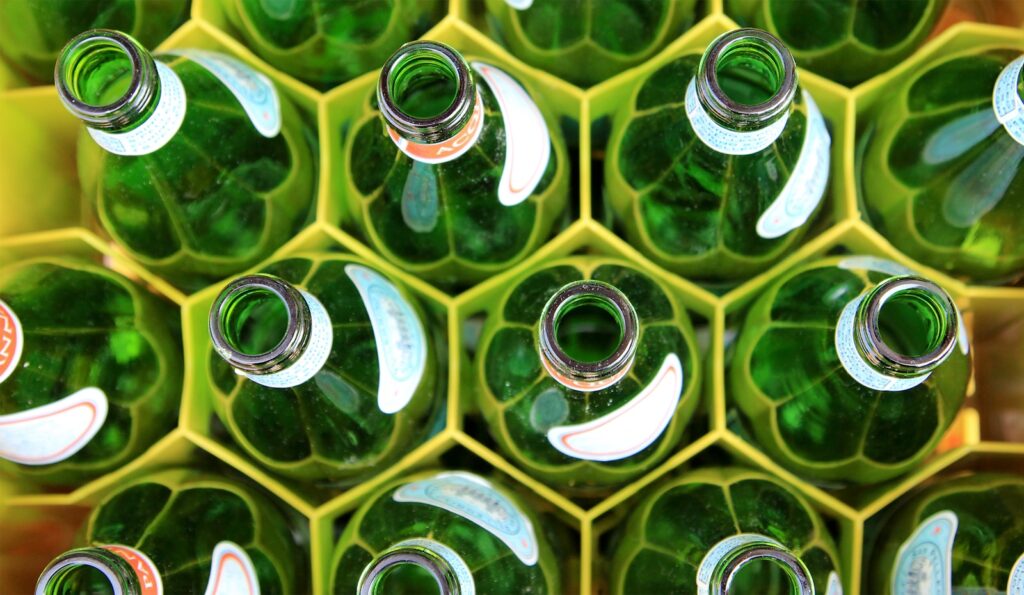
Proper density is the defining characteristic of a quality eco-brick, with the Global Ecobrick Alliance recommending a minimum density of 0.33g/ml for structural applications. To calculate your eco-brick’s density, weigh the completed brick and divide the weight (in grams) by the volume of the bottle (in milliliters); for example, a properly packed 600ml bottle should weigh at least 200 grams. Throughout the stuffing process, regularly check compaction by pressing firmly on the sides of the bottle—a well-packed eco-brick should feel solid with minimal give when squeezed. Focus particular attention on eliminating air pockets, as these compromise structural integrity and reduce density; this can be achieved by using the tamping stick to probe and compress areas that feel soft or hollow.
If your completed eco-brick falls below the recommended density, don’t seal it yet—continue adding more plastic until you reach the target weight, as underpacked bricks may be rejected for construction projects. Remember that higher density eco-bricks (closer to 0.7g/ml) are preferred for load-bearing applications, while the minimum standard is acceptable for non-structural uses like furniture or garden features.
Sealing Your Finished Eco-Brick
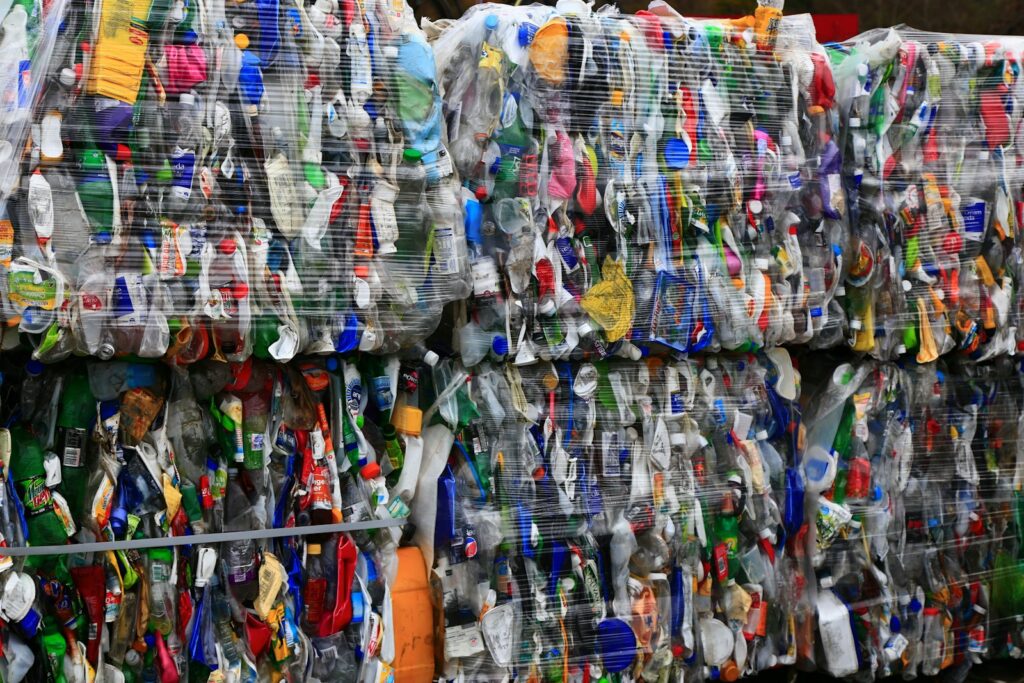
Once you’ve achieved proper density, sealing your eco-brick correctly ensures its longevity and usability for construction projects. Begin by making sure the neck of the bottle is densely packed all the way to the top, leaving minimal airspace below the cap. Clean the threaded area thoroughly to remove any plastic fragments that might prevent a tight seal. The ideal sealing material is another plastic bottle of the same type as your eco-brick—cut a circular piece from this donor bottle that will fit inside the cap, creating an additional seal against moisture infiltration.
Screw the cap on tightly, ensuring it’s secure but being careful not to overtighten and damage the threads. Some eco-brick practitioners add a final touch by wrapping colored tape around the cap both for aesthetic purposes and to provide an additional sealing layer. After sealing, label your eco-brick with its weight, creation date, and your name or identifier using a permanent marker, which helps with quality control when contributing to community projects and provides a sense of accomplishment and ownership in your waste reduction efforts.
Testing Your Eco-Brick for Quality
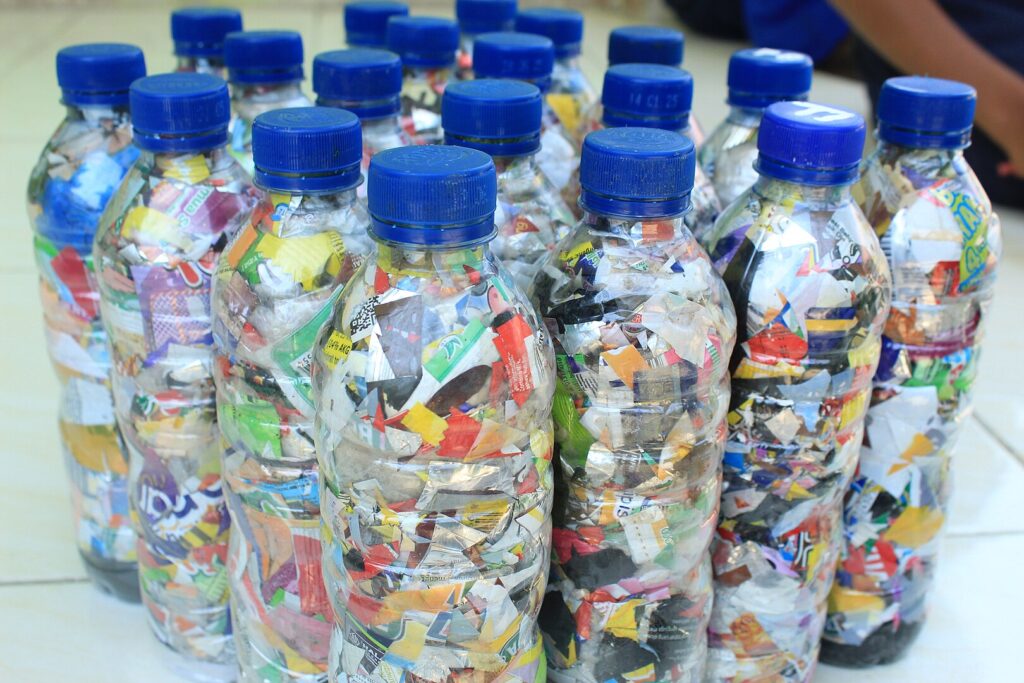
After completing your eco-brick, conducting quality tests ensures it meets the standards required for construction applications. The primary test is the compression test—place the eco-brick on a hard surface and stand on it; a properly made brick should support an adult’s weight without significant deformation. Next, perform the squeeze test by attempting to compress the sides of the bottle with your hands; quality eco-bricks should feel solid with minimal give, resembling a commercial plastic bottle filled with sand or soil. For a more precise assessment, weigh your eco-brick and calculate its density by dividing the weight by the volume of the bottle—a construction-grade eco-brick should achieve at least 0.33g/ml density, though 0.4g/ml or higher is preferable for structural applications.
Finally, conduct a visual inspection through the clear bottle walls, looking for large air pockets, moisture, or improperly cut plastics that might compromise integrity; any visible voids indicate areas requiring additional packing. These quality control measures aren’t merely technical requirements—they ensure your eco-bricks will perform safely and effectively when incorporated into larger construction projects.
Common Mistakes to Avoid
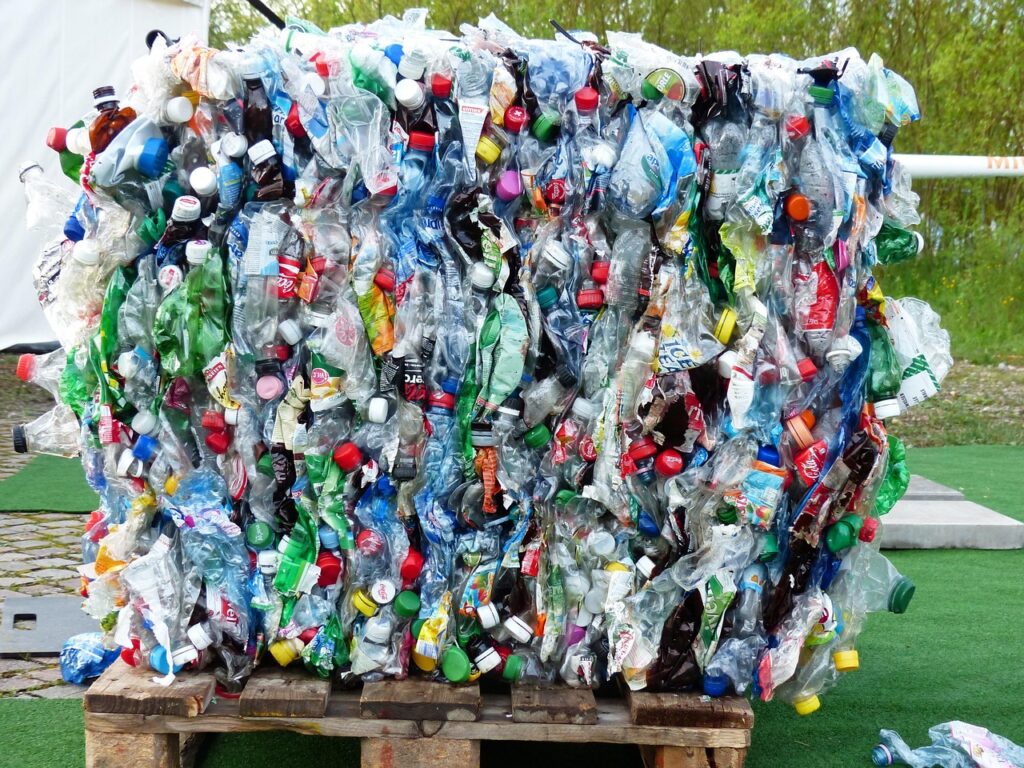
When creating eco-bricks, several common pitfalls can compromise quality and usability. Perhaps the most frequent error is including damp or dirty plastics, which can lead to mold, gas buildup, and eventual deformation of the bottle—always ensure materials are thoroughly cleaned and completely dry before stuffing. Inconsistent packing density is another prevalent mistake, resulting in weak points that can collapse under pressure; maintain vigilant compression throughout the entire process, paying special attention to the bottom and neck areas which tend to be less densely packed. Many newcomers erroneously include biodegradable materials like paper, food scraps, or bioplastics, which decompose over time and compromise structural integrity—stick exclusively to non-biodegradable plastics.
Using damaged bottles with cracks or compromised structural integrity guarantees failure, so inspect bottles carefully before beginning. Finally, rushing the process typically yields substandard results; quality eco-bricks require patience and consistent technique, with most properly-made bricks taking weeks to complete as you gradually collect and compact sufficient plastic waste to achieve proper density.
Eco-Brick Construction Applications
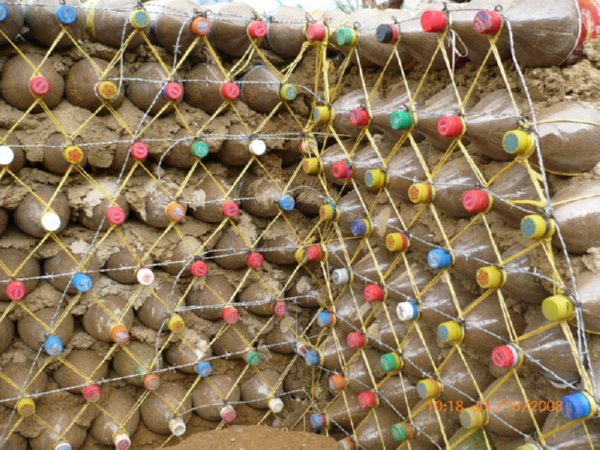
Eco-bricks can be utilized in a surprising variety of construction projects, ranging from simple to complex. At the basic level, they make excellent building blocks for furniture pieces like chairs, tables, and benches when combined with cob (a mixture of clay, sand, and straw) or cement to hold them together. Garden applications are particularly popular, with eco-bricks forming the structure for raised beds, retaining walls, and decorative borders that add both functionality and environmental messaging to outdoor spaces. More ambitious builders use them for structural walls in sheds, outbuildings, and even homes in some regions, typically by creating a frame with bamboo or wood and using the eco-bricks as infill, then covering with adobe, cob, or cement render for weather protection and aesthetics.
Educational institutions have embraced eco-bricks for classroom partitions, playground equipment, and demonstration projects that simultaneously educate students about plastic waste while providing functional infrastructure. The versatility of eco-bricks extends to emergency and humanitarian contexts as well, where they’ve been used to create rapid, low-cost shelters in disaster relief situations when conventional building materials are scarce or prohibitively expensive.
Joining the Global Eco-Brick Community
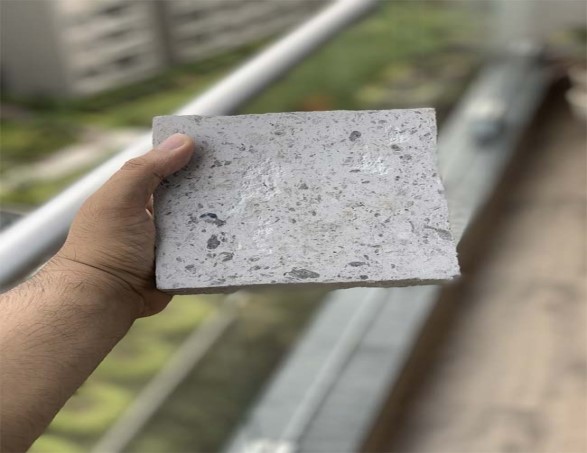
Connecting with the worldwide eco-brick movement amplifies your impact and provides valuable resources for your plastic sequestration journey. The Global Ecobrick Alliance (GEA) operates an international platform where you can register your eco-bricks, connect with local initiatives, and access comprehensive educational materials about standards and applications. Social media groups dedicated to eco-bricking offer immediate feedback on your techniques, showcase inspiring projects, and facilitate connections with practitioners in your region who might be collecting bricks for larger construction efforts.
Many communities have established collection points where individuals can contribute their eco-bricks to communal projects like school furniture, community gardens, or public benches, allowing your efforts to become part of something larger. Participating in or organizing eco-brick workshops in your community spreads this accessible technology while creating opportunities for collective action against plastic pollution. Through engagement with this global movement, your individual eco-bricks become part of a visual, tangible response to the plastic crisis, demonstrating how grassroots solutions can address environmental challenges when conventional systems fall short.
Environmental Impact and Limitations
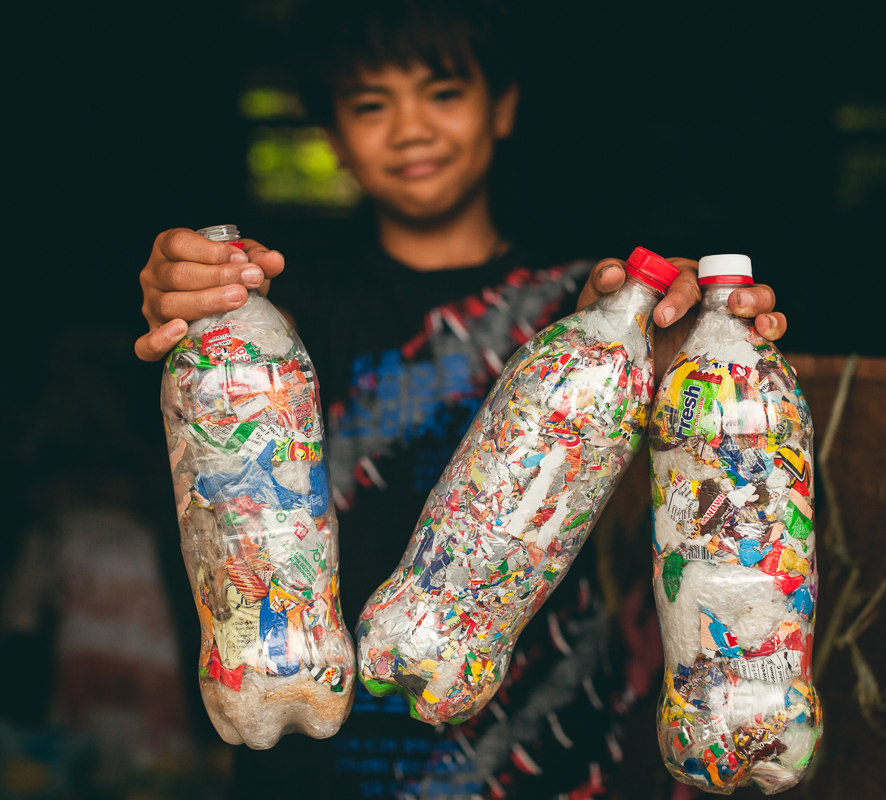
While eco-bricks offer an immediate solution for problematic plastics, it’s important to understand both their environmental benefits and limitations. On the positive side, eco-bricks sequester non-recyclable plastics that would otherwise pollute ecosystems, leach chemicals, or release greenhouse gases when incinerated. They raise awareness about plastic consumption by making waste visible and quantifiable, often spurring participants to reduce their plastic use overall. However, eco-bricks are not a complete solution to the plastic crisis—they temporarily remove plastic from the environment rather than eliminating it, essentially storing the problem for future generations. Critics rightfully point out that eco-bricking could potentially normalize single-use plastic production by creating a perceived “solution” rather than addressing root causes through systemic change and reduced production.
The embodied carbon in creating eco-bricks (including transportation to construction sites) must also be considered when evaluating their environmental footprint. Despite these limitations, when viewed as part of a broader waste reduction strategy that includes refusing, reducing, and proper recycling, eco-bricks represent a constructive interim approach for dealing with the plastic that currently exists in our waste streams while we work toward more comprehensive solutions.
Beyond Eco-Bricks: Complementary Plastic Reduction Strategies
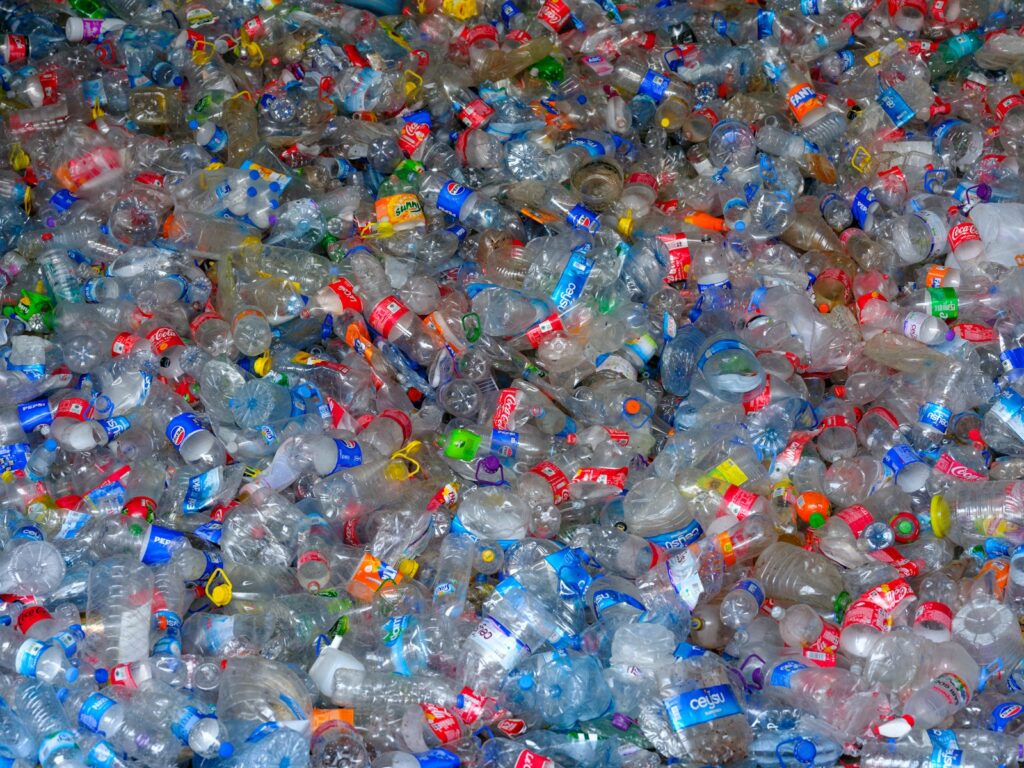
While eco-bricking addresses existing plastic waste, complementary strategies can help reduce plastic entering the waste stream in the first place. Embracing a “refuse first” mentality by declining single-use plastics like straws, bags, and excessive packaging sends market signals that consumer preferences are changing. Transitioning to reusable alternatives—water bottles, shopping bags, food containers, and produce bags—eliminates countless pieces of potential waste before they’re created. Purchasing items in bulk using your own containers significantly reduces packaging waste while often saving money, a win-win approach to consumption.
Supporting policies that restrict single-use plastics through local advocacy amplifies individual actions to the community and national levels where systemic change can occur. When viewed holistically, eco-bricking serves as a tangible education tool and interim solution while these broader reduction strategies take hold and transform our relationship with plastic. The most effective approach combines immediate action through eco-bricking with long-term commitment to reducing plastic consumption, creating a comprehensive response to plastic pollution that addresses both existing waste and future production.
Conclusion: Building a Sustainable Future with Eco-Bricks
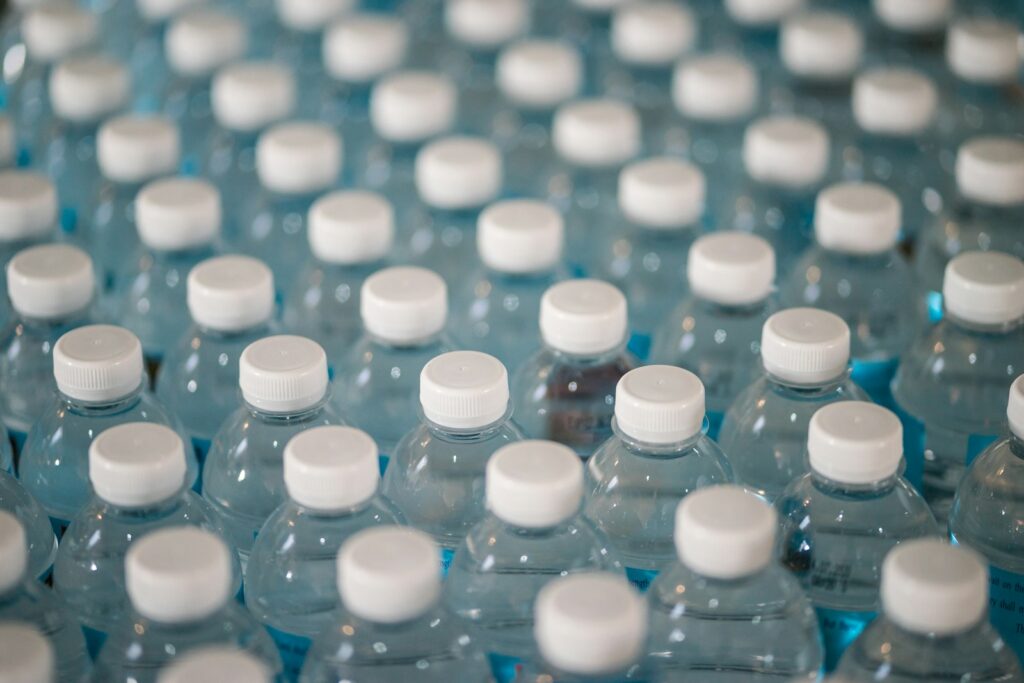
Eco-bricking represents a powerful grassroots response to the global plastic crisis, offering individuals a way to take immediate, tangible action while more comprehensive solutions develop. By transforming non-recyclable plastics into useful building materials, this practice not only diverts waste from environmental systems but also creates visible reminders of our plastic consumption patterns. The process—collecting, cleaning, cutting, and densely packing plastics into bottles—requires minimal technology but significant commitment, making it accessible across economic and geographic boundaries.
While not a complete solution to plastic pollution, eco-bricks demonstrate how community innovation can address environmental challenges when conventional systems fall short. As you create your first eco-brick, remember you’re joining a global movement that transforms waste into resource, problem into opportunity, and individual action into collective impact. By combining eco-bricking with broader plastic reduction strategies, we can tackle both existing pollution and its source, working toward a future where such interventions become unnecessary.

